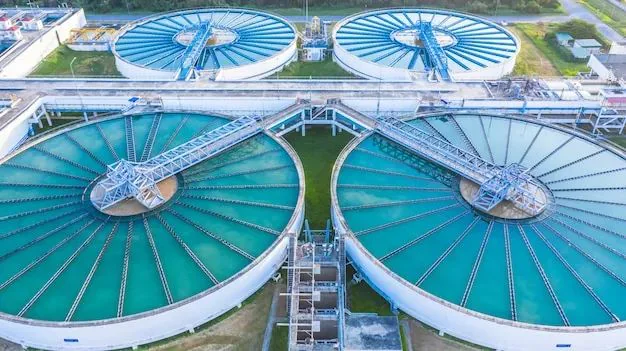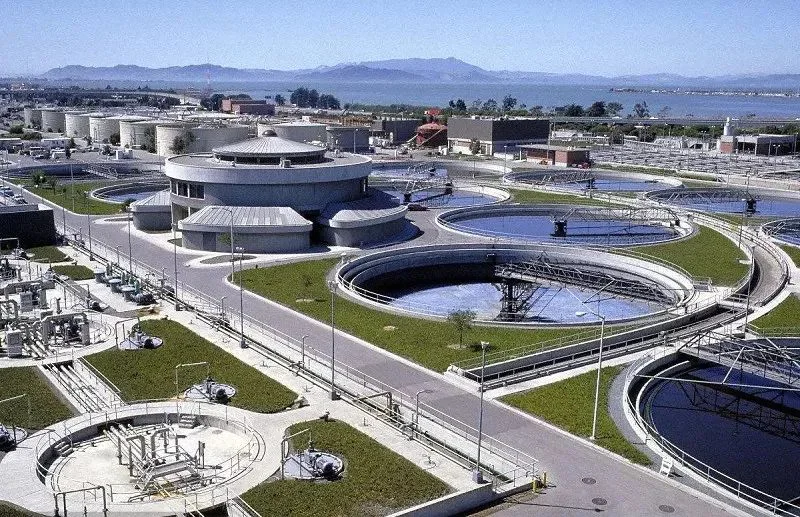As temperatures drop across northern China—especially in Gansu, Qinghai, and other cold regions—slaughterhouses frequently experience ammonia nitrogen (NH₄⁺-N) exceedances during wastewater treatment. This seasonal issue not only threatens compliance with discharge standards but also raises environmental and operational pressure on enterprises.
Why Does Ammonia Spike in Cold Weather?
The root cause lies in low temperatures suppressing microbial activity, especially nitrifying bacteria. When nitrification slows or stalls, ammonia is not efficiently converted into nitrate (NO₃⁻), resulting in elevated ammonia in the final effluent.
Slaughterhouse wastewater typically contains high COD and high ammonia loads. Without proper seasonal adjustments, cold weather can significantly reduce treatment performance.

How to Solve Ammonia Exceedance in Winter: 6 Proven Strategies
- ✅ Temperature Control
Nitrification is most efficient at 25–30 °C. Below 15 °C, the reaction slows sharply; under 5 °C, it nearly stops.
🔧 Apply insulation or mild heating to aeration tanks, pipes, or bioreactors to maintain optimal temperature.
- ✅ Maintain Sufficient Dissolved Oxygen (DO)
Oxygen is essential for ammonia oxidation. In winter, microbial activity weakens—increase aeration rates to ensure DO ≥ 2.0 mg/L throughout the system.
- ✅ pH Stability & Alkalinity Supplementation
Nitrification consumes alkalinity and can lower pH, which impairs bacterial activity. Keep pH in the 7.5–8.5 range, and supplement alkalinity using sodium carbonate or caustic soda as needed.
- ✅ Manage COD Load Fluctuations
High-COD influent can inhibit nitrifiers.
When influent COD fluctuates, consider:
- Flow equalization
- Batch aeration pretreatment
- Staged loading to reduce shock
- ✅ Extend Sludge Retention Time (SRT)
Nitrifiers grow slowly. Cold weather calls for longer SRT to build and maintain a sufficient population of ammonia-oxidizing bacteria (AOB).
- ✅ Optimize MLSS (Mixed Liquor Suspended Solids)
If organic load is stable, moderately increase MLSS and reduce sludge wasting frequency.
More biomass = better cold-season resilience. ⚠️ But beware of excessive sludge age, which can cause aging or bulking.

Summary: Stay Ahead of Winter Challenges
To control ammonia in slaughterhouse wastewater during fall and winter, use a holistic system optimization approach:
- ✅ Insulate and control temperature
- ✅ Boost DO levels
- ✅ Adjust pH and alkalinity
- ✅ Buffer COD load impact
- ✅ Maintain adequate SRT and MLSS
These coordinated actions will help ensure stable effluent quality and compliance with discharge limits, even in cold climates.
